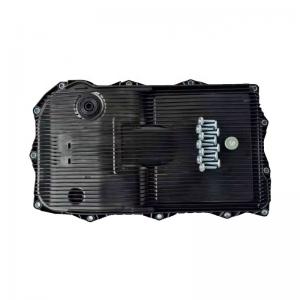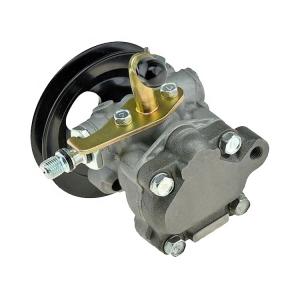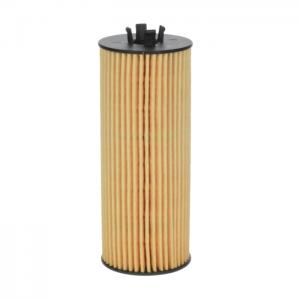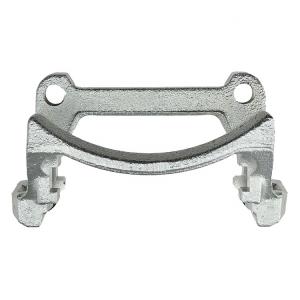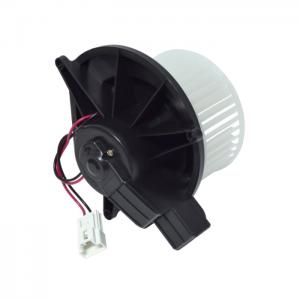Automatic Transmission Filter
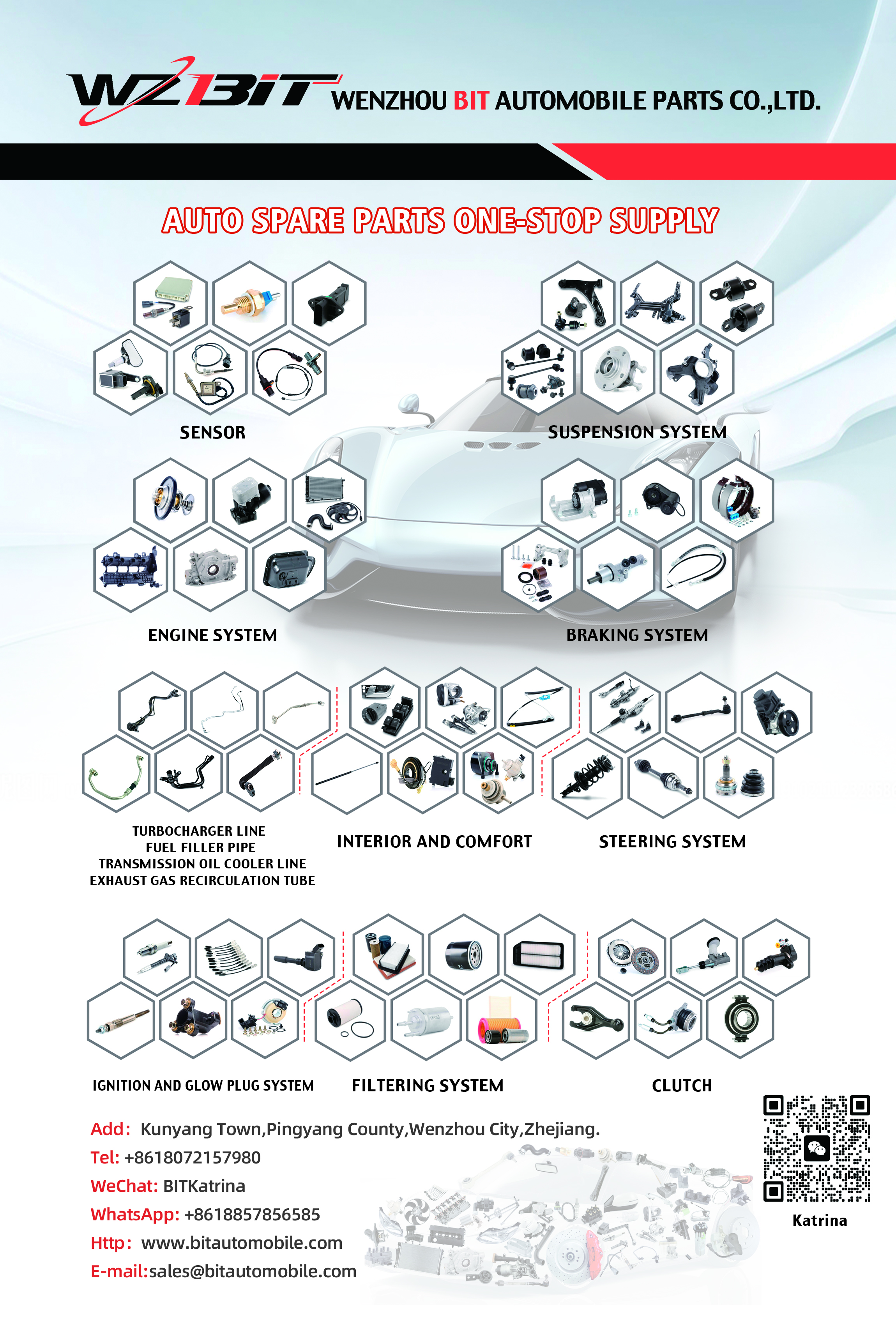
The transmission filter is an essential component of a vehicle's automatic transmission system. Its primary function is to filter out contaminants and debris from the transmission fluid, ensuring clean fluid circulates through the transmission, thereby protecting the internal components and maintaining optimal performance.

OE Number
| 0B5325429E |
| B5325429E |
Compatible Applications
| AUDI A4 B8 Allroad (8KH) (Year of Construction 04.2009 - 05.2016, 143 - 245 PS, Diesel, Petrol, Petrol/Ethanol) |
| AUDI A4 B8 Avant (8K5) (Year of Construction 04.2008 - 12.2015, 160 - 450 PS, Diesel, Petrol) |
| AUDI A4 B8 Saloon (8K2) (Year of Construction 11.2007 - 12.2015, 160 - 333 PS, Diesel, Petrol, Petrol/Ethanol) |
| AUDI A5 B8 Convertible (8F7) (Year of Construction 03.2009 - 01.2017, 190 - 450 PS, Diesel, Petrol, Petrol/Ethanol) |
| AUDI A5 B8 Coupe (8T3) (Year of Construction 06.2007 - 01.2017, 177 - 450 PS, Diesel, Petrol, Petrol/Ethanol) |
| AUDI A5 B8 Sportback (8TA) (Year of Construction 09.2009 - 01.2017, 177 - 333 PS, Diesel, Petrol) |
| AUDI A6 C7 Allroad (4GH, 4GJ) (Year of Construction 01.2012 - 09.2018, 190 - 333 PS, Diesel, Petrol) |
| AUDI A6 C7 Avant (4G5, 4GD) (Year of Construction 05.2011 - 09.2018, 190 - 450 PS, Diesel, Petrol) |
| AUDI A6 C7 Saloon (4G2, 4GC) (Year of Construction 11.2010 - 09.2018, 190 - 450 PS, Diesel, Petrol) |
| AUDI A7 Sportback (4GA, 4GF) (Year of Construction 10.2010 - 05.2018, 190 - 333 PS, Diesel, Petrol) |
| AUDI Q5 (8RB) (Year of Construction 09.2008 - ..., 163 - 354 PS, Diesel, Petrol, Petrol/Electro, Petrol/Ethanol) |
Construction
A typical transmission filter consists of:
- Filter Medium: A porous material, often made of felt, paper, or synthetic fibers, designed to trap contaminants.
- Filter Housing: A metal or plastic casing that encloses the filter medium and provides structural integrity.
- Pickup Tube: A tube that allows the transmission fluid to enter the filter.
- Gasket: A rubber or cork seal that ensures a leak-proof fit between the filter and the transmission housing.
Operation
1. Fluid Intake: Transmission fluid enters the filter through the pickup tube.
2. Filtration: As fluid passes through the filter medium, contaminants such as metal shavings, dirt, and clutch material are trapped.
3. Clean Fluid Circulation: The filtered, clean fluid exits the filter and is circulated back into the transmission to lubricate and cool the moving parts.
Importance
- Component Protection: Keeps the transmission fluid free of harmful particles, preventing wear and damage to internal components.
- Fluid Quality: Maintains the quality and efficiency of the transmission fluid, ensuring smooth gear shifts and proper operation.
- Longevity: Extends the lifespan of the transmission by reducing the risk of premature failure due to contaminated fluid.
Maintenance
Regular maintenance and inspection of the transmission filter are crucial for transmission health:
- Fluid and Filter Change: Follow the vehicle manufacturer’s recommended interval for transmission fluid and filter changes. This is typically every 30,000 to 60,000 miles (48,000 to 96,000 kilometers), but it can vary based on driving conditions and vehicle type.
- Inspection: Check for signs of fluid contamination or degradation, such as burnt smell, discoloration, or particles in the fluid.
- Leak Prevention: Ensure the filter and gasket are properly installed to prevent fluid leaks.
Replacement
If the transmission filter becomes clogged or damaged, it should be replaced to maintain proper transmission function. Replacement typically involves:
1. Preparing the Vehicle: Raise the vehicle and support it securely. Ensure the transmission is cool.
2. Draining the Fluid: Remove the transmission oil pan drain plug (if equipped) or loosen the pan bolts to drain the fluid into a suitable container.
3. Removing the Oil Pan: Remove the transmission oil pan to access the filter.
4. Removing the Old Filter: Unbolt and remove the old filter, taking care not to spill remaining fluid.
5. Cleaning the Pan and Magnet: Clean the oil pan and any magnets that may have collected metal particles.
6. Installing the New Filter: Install the new filter with a new gasket, ensuring a proper fit and seal.
7. Reinstalling the Pan: Reattach the transmission oil pan with a new gasket to prevent leaks.
8. Refilling the Fluid: Refill the transmission with the appropriate type and amount of fluid.
9. Testing: Start the engine and check for proper operation, fluid level, and any signs of leaks.
In Summary
The transmission filter is a crucial component that ensures clean fluid circulates through the transmission, protecting internal parts and maintaining optimal performance. Regular inspection, maintenance, and timely replacement of the transmission filter are essential for the longevity and reliability of the transmission system.
Send your message to us:






